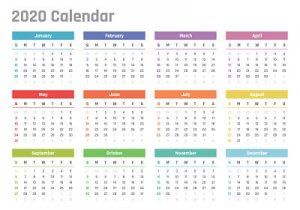You actually have to say thank you
August 19, 2020
 I don’t know many business leaders who aren’t incredibly grateful for the team of people who help them carry out the organization’s vision. When asked, they will rave about the skills, professionalism, and passion of their team and tell story after story about how they routinely save the day. But those same business leaders are so busy that unfortunately, they often forget to slow down and say thank you. Sadly, in today’s ultra-competitive job market, that can be a very costly mistake.
I don’t know many business leaders who aren’t incredibly grateful for the team of people who help them carry out the organization’s vision. When asked, they will rave about the skills, professionalism, and passion of their team and tell story after story about how they routinely save the day. But those same business leaders are so busy that unfortunately, they often forget to slow down and say thank you. Sadly, in today’s ultra-competitive job market, that can be a very costly mistake.
When it comes to our employees, The International Business Research Journal cited studies that have shown that organizational gratitude reduces employee turnover, fosters employees’ commitment to the organization, and increases productivity.
Those are huge wins on their own, but beyond that is what an attitude of gratitude does for your company culture. We know cultural fit is a crucial component for job seekers. If a company’s culture attracts employees who value and exude gratitude, your customers are the beneficiary of that chain reaction. Happier, more loyal employees lead to happier, more loyal clients.
Best of all, you can bake gratitude into your work environment with a minimum of dollars. Here are some of the most effective ways to make sure that your organization’s internal brand includes more than a sprinkling of thanks.
Make it personal: Most of the time, we deal with employees in batches. By department, by tenure, or perhaps by skill set or location. Gratitude is a very personal thing. There’s nothing wrong with thanking groups of people. We should do that. But it’s very different when you single out a person and make your appreciation about them and just them. Work anniversaries, hitting significant milestones, or earning a new level of expertise are all excellent reasons to stop and thank your team member.
Make it 360 degrees: Many companies have peer recognition programs, and they usually start off strong and then most wane from neglect and focus. Teaching your team to appreciate each other and to practice gratitude internally is a smart tactic. Just make sure your program has a champion, so it doesn’t feel like yet another “idea of the month” that we managers often get accused of starting and allowing to die on the vine.
Involve your clients: There’s no better way to emphasize that you value, teach, and practice gratitude than asking your customers to share in that experience. This can shift from sincere to uncomfortable in a hurry. Don’t ask them to do anything that will make them feel silly, like ring the bell for five-star service. An easy way to invite them is to send a letter, sharing your core values, and asking them to send you examples of team members who have lived out those values. This has a double benefit. It gives you a chance to remind your customers what you stand for and gets them to help you recognize your superstars.
Know what matters: There’s a fantastic book by Matthew Kelly called The Dream Manager. It’s a business allegory that reminds us to invest in our employees, know what matters to them, and help them achieve their dreams. Some employees may appreciate you demonstrating your gratitude through a new educational opportunity or a cash bonus. Others might prefer an extra day off or a gift card so they can treat their family to dinner. Knowing how to say thank you in the most meaningful way will make the thank you last a lot longer.
This was originally published in the Des Moines Business Record, as one of Drew’s weekly columns.
More








